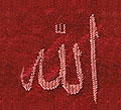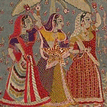|
|
||||||||||||||||||||||
| |
|
|
|||||||||||||||||
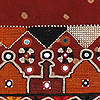 2404 |
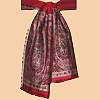 2468 |
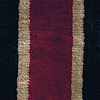 Sold-2469 |
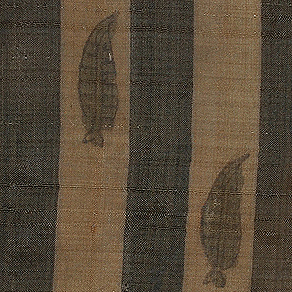 Sold-2473 |
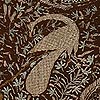 2475 |
 2484 |
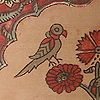 2519 |
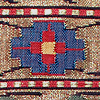 2605 |
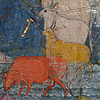 Sold-2635 |
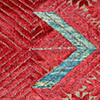 2665 |
 2690-Sold |
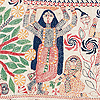 Sold-2691 |
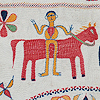 2692 |
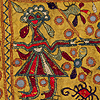 2735 |
 2783 |
 2784 |
Antique Indian Silk Parsi Embroidery Gara Sari. Size 196" x 43"
Surat, Gujarat, Embroidery of very distinct characteristics developed in the urban center of Surat on the western coast of India.A colony of Chinese artisans started producing garments for another immigrant colony, that of the Zoroastrians- Parsi, originally from Iran where they were persecuted and therefore migrated. The design as well as the handwork are unmistakably Chinese, yet the garments are Indian wear like saris, skullcaps and blouses.
|
An heirloom hand-embroidered gara sari with handmade self-patterned (figured) silk body A gara is a sari traditionally worn on special occasions by the Zoroastrian Parsi and Irani women from India. While some garas may be valued at US$15,000 a piece, they carry with them a priceless heritage which is their worth in these pages. Surviving garas often become a part of a family's heirloom - passed down from one generation to the next. At one time, a gara was a regular part of a bride's trousseau. We hope this tradition can be restored for in doing so it will revive and give new life to a dying craft in the age-old tradition of the village artisans of Yazd and Kerman who produced priceless pieces of silk embroidery including the Kermani pateh-duzi embroidery (see our page on termeh). The craft is well suited to a cottage or home industry. The gara sari is defined by its fine embroidery and elegance. The concept has come to be known as Parsi embroidery and we were surprised to find the number of fashion-houses that use the terms 'Parsi embroidery' or 'Parsi embroidered'. It would seem everyone but Zoroastrians recognize this contribution to fashion elegance - a contribution that has come about by a unique fusion of fashion and culture from along the Silk Roads. The Word Gara The word gara (also ghara) apparently stems from the Gujarati word for a sari, but which has now come to mean a particular Indian Zoroastrian (Parsi or Irani) style sari. Gajja is a type of silk. The Parzor Project uses without explanation the term 'sali garo' as an original Chinese craft. A Sari In general, a sari is a woman's garment consisting of a piece of cloth of variable size and on average measuring about 47"/120cm wide by six yards / 5.5 meters long when open. While Maharashtrian sarees can be up to 9 meters in length, 5.5 meters is fairly standard for a gara - a one size fits all. Shirinmai Mistry states, "Robust (ahem!) females simply get less pleats, that's all." A sari is worn by a woman draping the cloth around herself, first around her waist and legs and finally over either shoulder. The pallav (meaning leaf) or pallu is the portion or panel of the sari that drapes over the shoulder and chest. The part of the gara that goes over the head is called a saur. There are many styles of wearing a sari and the style employed is specific to an Indian cultural or ethnic group. The style used by the Parsees and Iranis of India. | ||
|
|||
| Back to top |
|
||||||||||||||||||||||||||||||||||||||||||||||||||||
